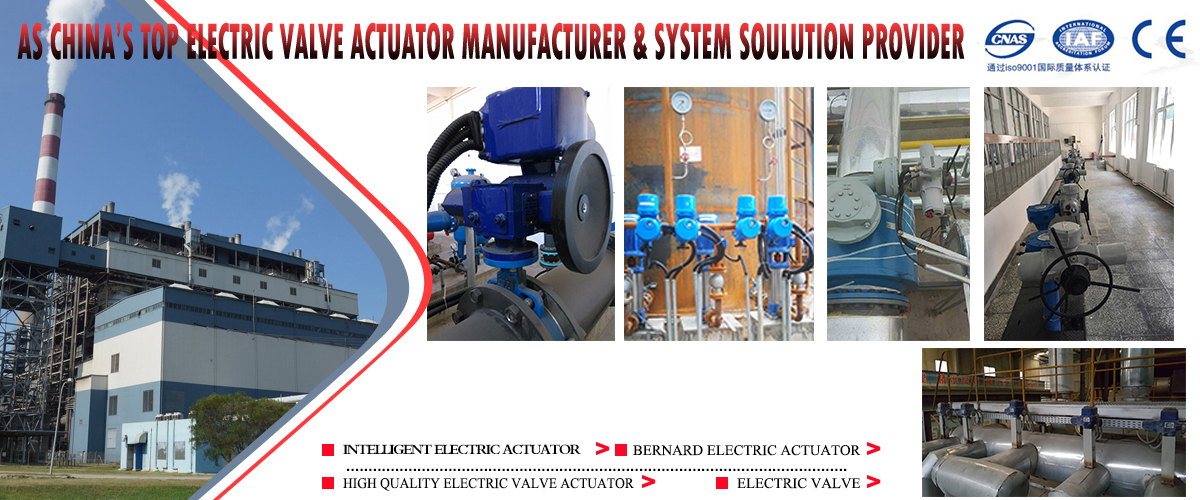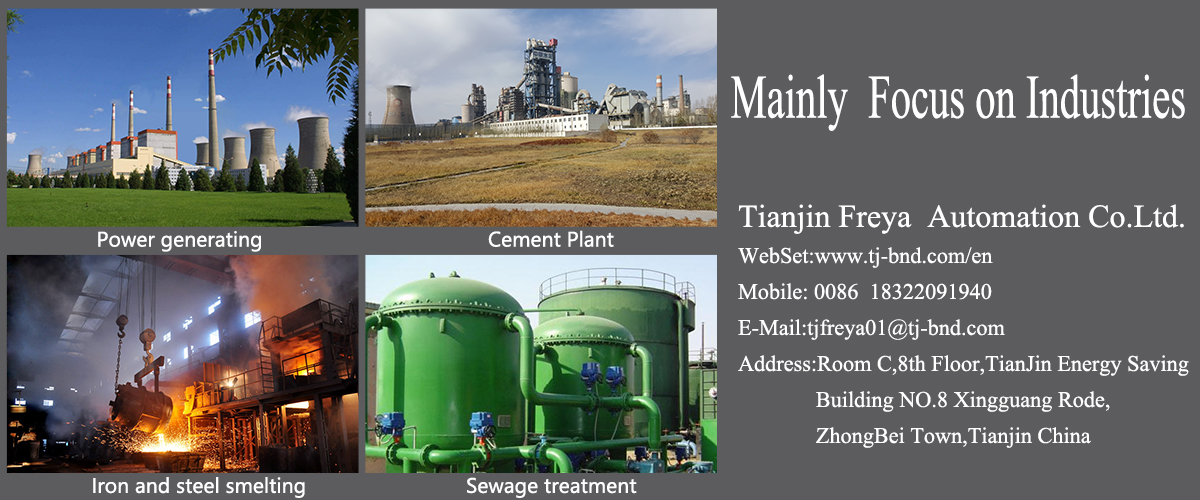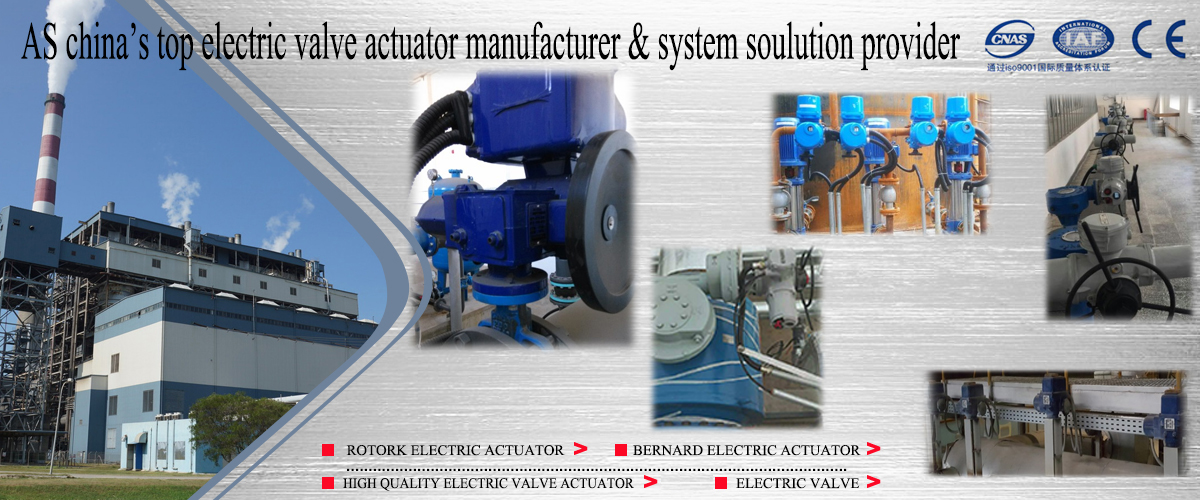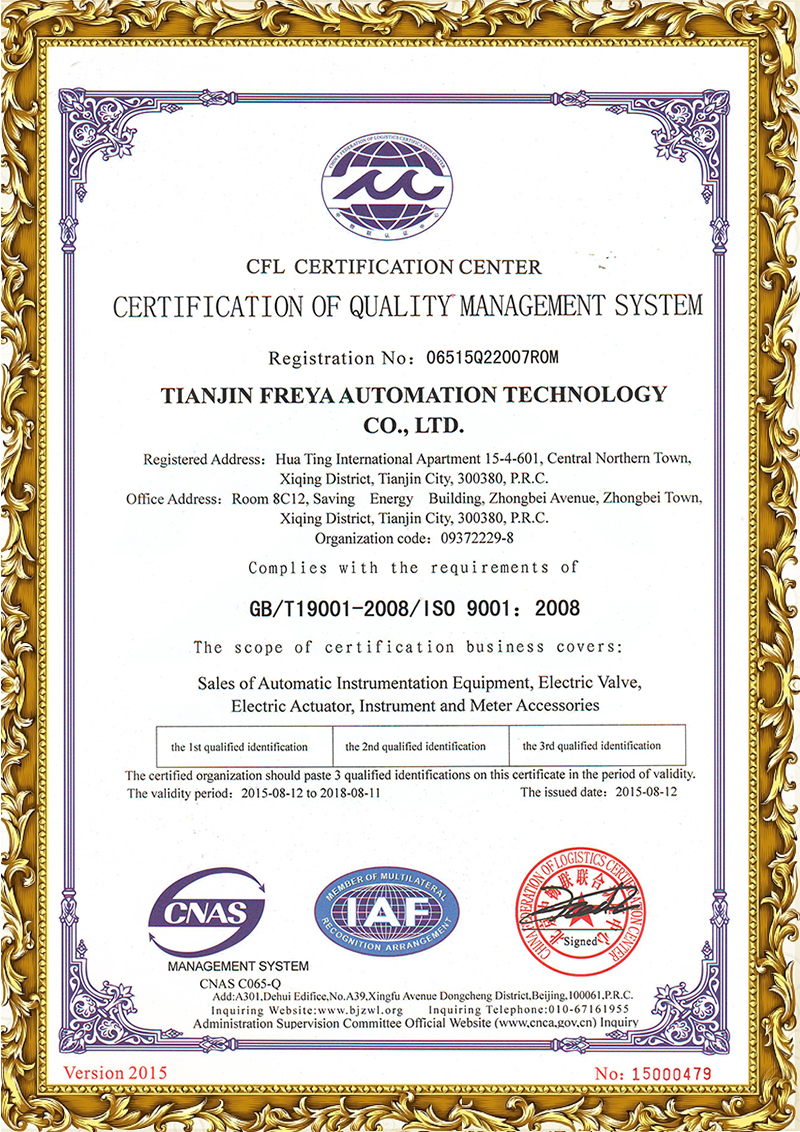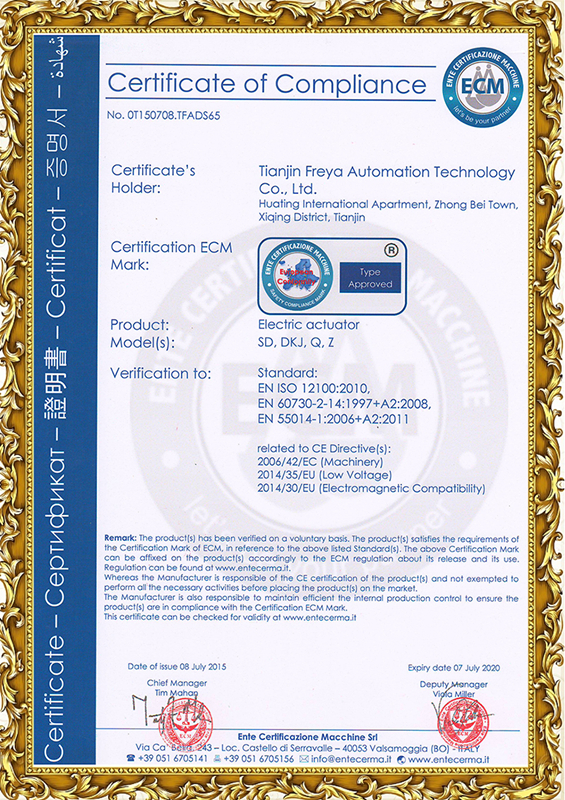?
TECHNICAL SUPPORT
Service conditions of Electric Actuator
Actuators are specified for the desired life and reliability for a given set of application service conditions. In addition to the static and dynamic load and response time required for the valve, the actuator must withstand the temperature range, corrosion environment and other conditions of a specific application. Valve actuator applications are often safety related, therefore the plant operators put high demands on the reliability of the devices. Failure of an actuator may cause accidents in process-controlled plants and toxic substances may leak into the environment.
Process-control plants are often operated for several decades which justifies the higher demands put on the lifetime of the devices.
For this reason, actuators are always designed in high enclosure protection. The manufacturers put a lot of work and knowledge into corrosion protection.
1.Enclosure protection
The enclosure protection types are defined according to the IP codes of EN 60529. The basic versions of most electric actuators are designed to the second highest enclosure protection IP 67. This means they are protected against the ingress of dust and water during immersion (30 min at a max. head of water of 1 m). Most actuator manufacturers also supply devices to enclosure protection IP 68 which provides protection against submersion up to a max. head of water of 6 m.
2.Ambient temperatures
In Siberia, temperatures down to – 60 °C may occur, and in technical process plants + 100 °C may be exceeded. Using the proper lubricant is crucial for full operation under these conditions. Greases which may be used at room temperature can become too solid at low temperatures for the actuator to overcome the resistance within the device. At high temperatures, these greases can liquify and lose their lubricating power. When sizing the actuator, the ambient temperature and the selection of the correct lubricant are of major importance.
3.Explosion protection
Actuators are used in applications where potentially explosive atmospheres may occur. This includes among others refineries, pipelines, oil and gas exploration or even mining. When a potentially explosive gas-air-mixture or gas-dust-mixture occurs, the actuator must not act as ignition source. Hot surfaces on the actuator as well as ignition sparks created by the actuator have to be avoided. This can be achieved by a flameproof enclosure, where the housing is designed to prevent ignition sparks from leaving the housing even if there is an explosion inside.
Actuators designed for these applications, being explosion-proof devices, have to be qualified by a test authority (notified body). Explosion protection is not standardized worldwide. Within the European Union, ATEX 94/9/EC applies, in US, the NEC (approval by FM) or the CEC in Canada (approval by the CSA). Explosion-proof actuators have to meet the design requirements of these directives and regulations.



